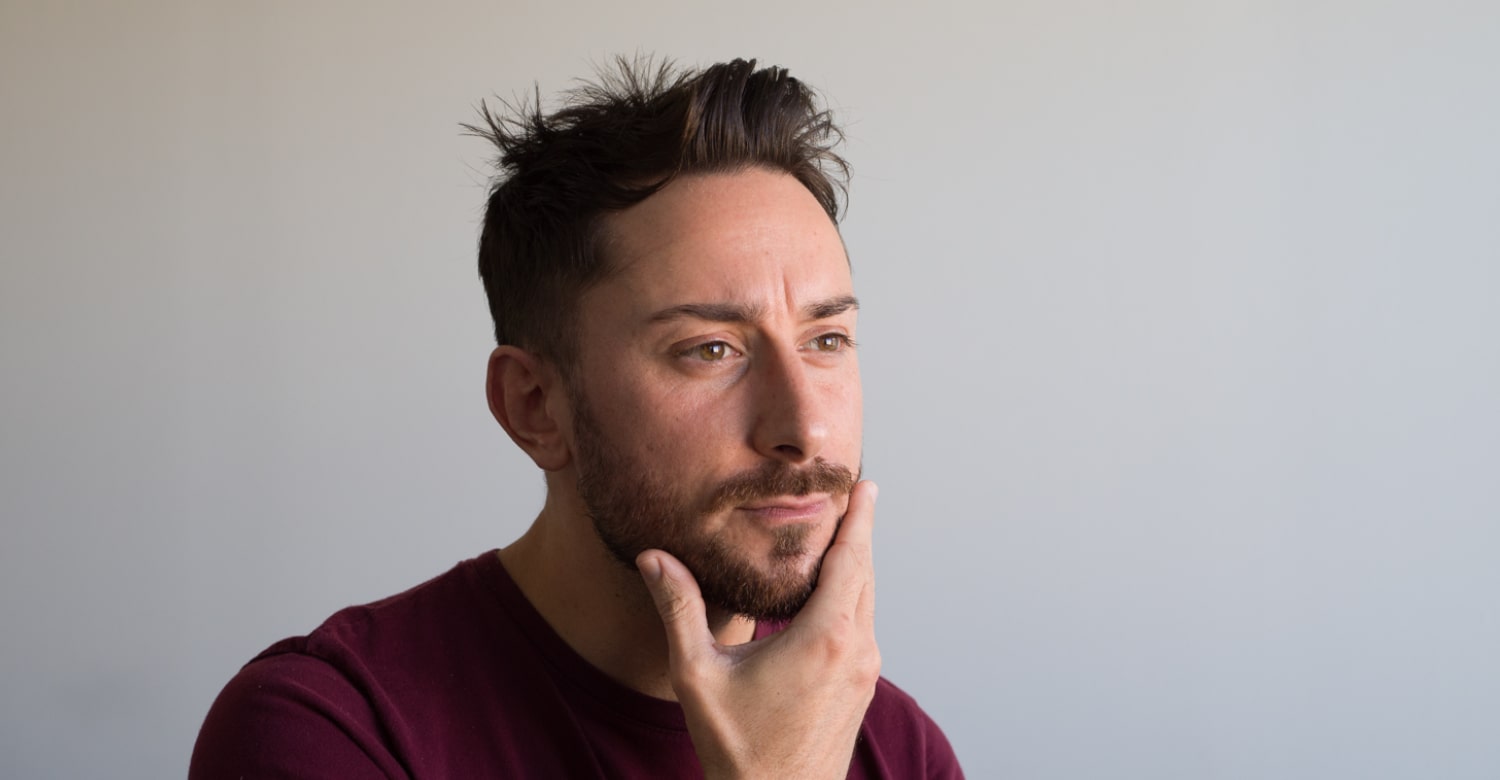Beard Transplant


Beard transplant
Many of you have "gaps" in your beard. A so-called "patchy" beard is a problem for many men and sometimes creates everyday embarrassment and complexes.
The most common solution is to be clean shaven. By shaving your beard regularly, you can try to hide an incomplete beard.
At our NHT Europe centre, located in Avignon, we offer beard transplant and other alternatives to help you achieve a fuller beard.
In this article, we invite you to learn more about beard transplantation. We answer all of the following questions:
Why is your beard not full? Why have a beard transplant? What does this treatment consist of? What technique is used at our centre? What results can we expect?
By going through these few lines, you will have the opportunity to learn about beard transplantation in order to make a free and informed choice.
Why is your beard patchy?
The reasons are many and varied.
However, as with baldness, some are more common.
- First, the genetic factor, as with hair, is determining; it influences sensitivity to hormones.
The hormones in question are testosterone and dihydrotestosterone (DHT).
Beard development begins at puberty, a period of strong hormonal growth.
A lack of hormones can be one of the reasons for the lack of density of your beard. However, an excess of DHT can also be a main reason for the development of baldness.
- Alopecia areata can also explain the "gaps" in your beard, the areas start to whiten then the hairs fall out (stress ...)
In your beard, this causes the appearance of small round areas which whiten, which then join up. Then the hairs can fall out and give a "moth-eaten" appearance.
- Lifestyle
It is not said often enough, but it is important for your body, for your organism to have a balanced and healthy diet and to exercise regularly.
Stress also has a determining impact, although it is difficult to assess.

Irregular beard appearance on the cheek
What is a beard transplant?
Beard transplantation is an increasingly common procedure. It has developed in recent years.
In a few words, a beard transplant consists in removing hair (head hair or beard) from an adequate donor area in order to fill in the "imperfections" or to perform a beard hair transplant, if this allows it (ideal situation).
Why have a beard transplant?
The reasons for having a beard transplant are many and unique to each of you.
Most often, the signs are as follows:
- The total absence of a beard
- A sparse beard
- A modification of the beard shape or outline
- A correction of uneven density or an irregular beard
- A scar on the beard
Unlike head hair, beard hair is thicker. It is rare, but two hairs can come out in the same place. Beard hair does not grow perpendicularly but obliquely, tangentially to the cheek, a feature to be retained when implanting new beard hairs.
Beard transplantation should therefore be performed by specialists: experienced surgeons.
A beard transplant is most often almost completely painless. This procedure is mastered by expert hands, and rarely causes pain.
Before making your choice, our NHT centre will invite you for a consultation in order to answer all your questions.
During this session, we give you the opportunity to discuss your needs, your expectations, your desires. We make a point of working with you to offer you a coherent and realistic project.
How is a beard transplant performed?
This is to show you in more concrete terms how a beard transplant takes place.
Indeed, it is important to fully understand how these implants are performed and the process required to implant your new beard hair.
Here are the elements that will help you better understand what it is:
- The best hair used for implants comes from your beard (from the area below the chin down to the neck), if not from the back of your head. The hair on your head is slightly different in structure and diameter than the hair on your beard, making it more difficult to 'match' your existing beard.
- Once the hairs are removed, the surgeon will implant them in the hairless areas on your beard to fill in the gaps and give it thickness.
- During such an operation, several thousand hair follicles will be grafted onto your face, in general to have a full beard it takes around 2,500 follicles. After your operation your beard will therefore be thicker.
- We also pay great attention to positioning and orienting the hair at the right angle, to help the hair grow in the right direction.
With our method of FUE beard implants, which is the most common, the hairs are grafted one by one, and the samples are taken from a fairly large donor area. This process will leave behind only small, circular, white, puncture-shaped scars that are difficult to see with the naked eye.

Ideal: beard hair removal from the horizontal part of the neck
What results can you expect from a beard transplant?
The first regrowth of beard hair appears around the 3rd month after the operation.
Thus, the result of the beard transplant is visible after six months, and definitive after one year. The hairs of the beard are denser and better distributed, their pattern is regular and adapted to your facial features.
Beard hairs also have a protective effect. They protect against sunburn and thus prevent the skin of the face from aging prematurely.
What are the postoperative consequences of a beard transplant?
- No dressing is usually applied to the grafted area.
- The first washing with shampoo and the first facial cleansing should be performed the day after the procedure.
- You will be seen again in the days following the intervention for a check-up.
- Oedemas (swelling) on the face may appear within 24 to 48 hours after the procedure, it will take 2 to 4 days to disappear.
- In the 2 to 3 days following the operation, small scabs will form on the grafted area. These will take about 7-10 days to fall off.
- In the 2 to 3 months following the operation, the implanted beard area may appear slightly pink before whitening completely.
- Sometimes hairs can struggle to break through the skin at the time of regrowth causing small points of folliculitis, on the donor or recipient area; it is not serious and disappears with local treatment of antiseptics.
- The scabs will fall off quickly, allowing an early return to any social activity.
- The regrowth of new beard hair will occur between the 3rd and 4th month following the operation.
- Follow-up consultations are scheduled 15 days, 6 months, and 1 year after the operation.
- 12 months are needed to assess the final result of the surgery.
- Depending on the situation, several operations (spaced at least 6 months apart) may be necessary to obtain sufficient beard density, especially when the beard surface to be treated is large and the patient's budget is limited.
The essential information
It is ideal when possible is to use beard hairs because they have the same diameter and the same hair cycle length, but the patient must agree to it and the number of grafts available must be sufficient.
It is a painless and undetectable procedure if performed correctly.
The orientation of the grafts at the time of implantation is essential because the hair grows with the grain of the cheek in its natural state, hence the benefit of using sharp implanters which allow good control of the orientation of the grafts.
NHT EUROPE


